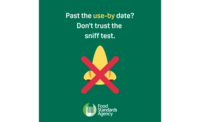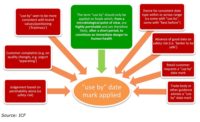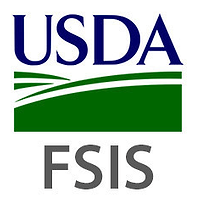EFSA Guidance Helps Food Firms Decide What Info to Give Consumers Besides Use-By or Best-Before Dates

Experts from the European Food Safety Authority (EFSA) have developed guidance to help food firms decide what information to give consumers besides use-by or best-before dates to ensure food safety.
EFSA's scientific opinion goes over storage conditions, time line for consumption after food has been opened, and thawing of frozen items.
Secondary shelf-life, or setting a limit for consumption in days after opening a package, is complex, but experts have created a decision tree with five questions. Also needing to be considered is consumer behavior and reasonably foreseeable conditions of use, says EFSA.
After the package is opened, contamination may occur via air flow, fluid drip, or due to consumer handling via hands, utensils, or containers, which may introduce new pathogens into the food. Also, factors such as temperature and gas may change, affecting microbiological safety.
For products where opening the package leads to a change of the type of pathogenic microorganisms present in the food and/or factors increasing their growth compared to the unopened product, a shorter time limit for consumption after its initial opening would be appropriate. A shorter time limit for consumption means that the secondary shelf-life in days should be shorter than the number of days between time of opening the package and these dates. The EFSA guidance does not specify how the time limit for consumption can be worked out to be shorter than the initial date.
Although freezing prevents the growth of pathogens, most pathogenic microorganisms may survive frozen storage, recover during thawing, and then grow or produce toxins in the food, if conditions are favorable.
Looking for a reprint of this article?
From high-res PDFs to custom plaques, order your copy today!








